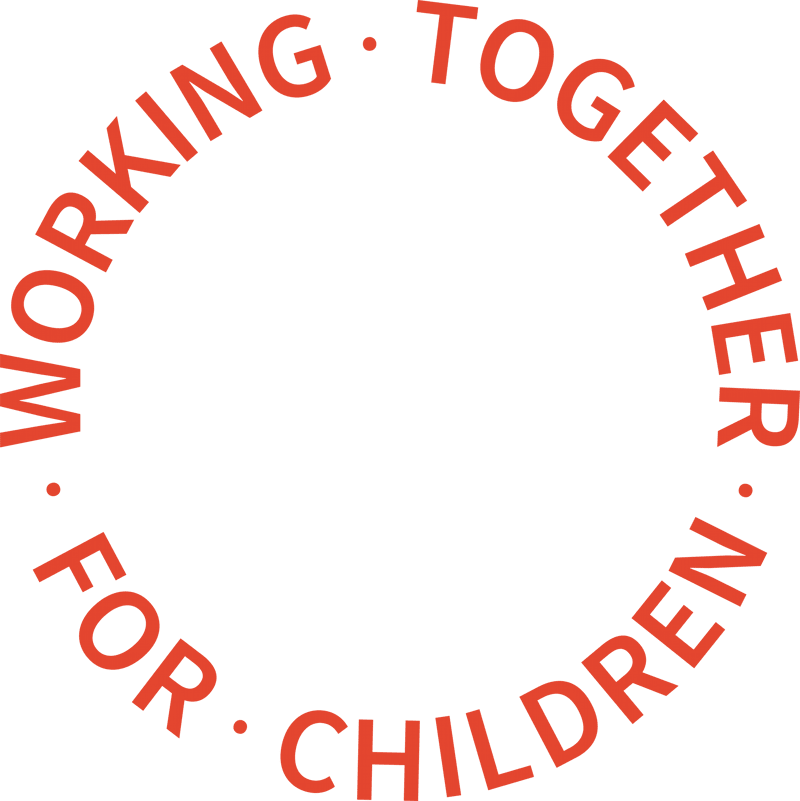Almost half of children in need have a special education need, government statistics have revealed.
The ‘Outcomes for children in need’ publication showed that 48.3% of children in need had a special educational need, compared to 15% of the overall pupil population in the year ending 31 March 2020.
“Children in the social care groups perform less well than their peers across all key stage 4 measures. The higher prevalence of SEN amongst looked after children (CLA) and children in need in part explains the difference in attainment compared to all pupils,” said the report.
There were 860,130 pupils in state-funded primary, state-funded secondary, special and pupil referral units in 2020 that were known to have been in need in the last six years. This is equivalent to 1 in 10 pupils, or 3 in every classroom on average.
Pupils in all of the key social care groups were much more likely to have a special educational need than the overall pupil population. They were at least 2.7 times more likely to have an Education, Health and Care plan than all pupils and more than 1.8 times as likely to have SEN support.
Of all the key social care groups, children who had been looked after for more than 12 months continually at the point of 31 March 2020 had the highest proportion of children with a special educational need, at 55.7% compared to 38.4% for a child on a child protection plan. The rate of pupils with special educational needs across the key social care groups has generally remained stable for the past four years.
For all of the key social care groups, among pupils with SEN support, the most common type of primary need was social, emotional and mental health, followed by moderate learning difficulty and speech, language and communications needs.
The statistics also showed that 50.2% of children in need were eligible for free school meals, compared to 17% of the overall pupil population at the same time frame. However, over two thirds of children on a child protection plan at 31 March met the eligibility criteria.
The overall 2019/20 autumn term absence rate for children who had been looked after for 12 months or more was 5.5%, which was slightly higher than the rate for all pupils at 5.0%. However, the absence rate was much higher for pupils in other social care groups, with children on a child protection plan being three times as likely to be absent from school than all pupils.
It also emerged that persistent absenteeism for children looked after for at least 12 months at 31 March 2020 was 12.5% in the Autumn 2019 term, which was lower than the rate for all pupils (13.4%). However, as with overall absence, this rate was higher for the other key social care groups.
Children belonging to one of the key social care groups were over four times more likely to have had one or more suspension, formerly fixed period exclusions, from school compared to all pupils in 2019, the report stated. Children who had been in care less than 12 months at 31 March were the most likely to be suspended (14.75%) and children on a child in need plan at 31 March were the least likely (10.43%).
Outcomes for children in need, including children looked after by local authorities in England 2020


